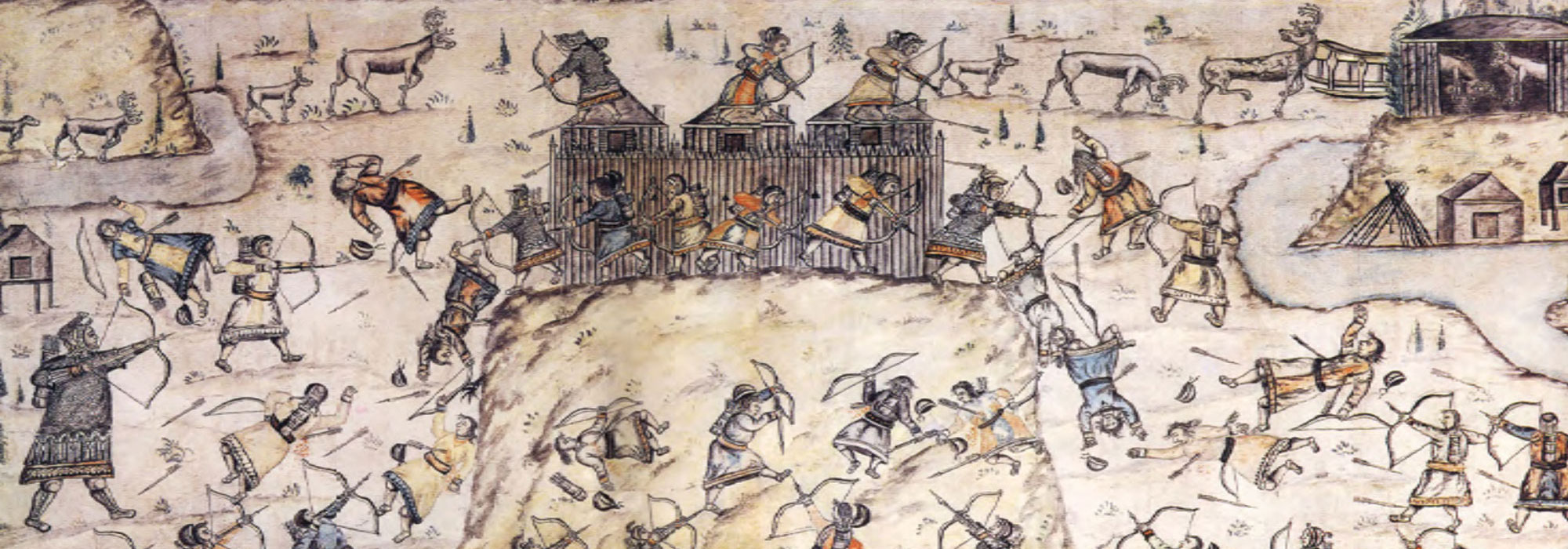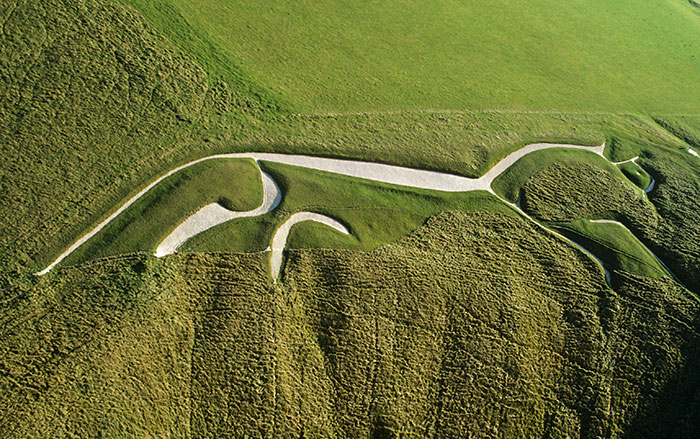
COPENHAGEN, DENMARK—A new genetic study of Eurasians who lived 34,000 years ago suggests that hunter-gatherers have long practiced marrying outside their home groups, according to a report in Science News. DNA samples were taken from four males whose remains were unearthed at the Sunghir site in eastern Russia. Evolutionary geneticist Martin Sikora of the Natural History Museum of Denmark and his colleagues say the individuals in the study shared no signs of close biological kinship, which could have resulted from small bands of hunter-gatherers mixing at random. The researchers think the hunter-gatherers developed a system to limit the chance of inbreeding, which also strengthened their ties to other social groups. Communication with in-laws and larger networks could have transmitted cultural advances and social learning, thus increasing the chance of survival while foraging over a large area. It had been thought that hunter-gatherers lived among close kin and competed with other kin groups, much like modern chimpanzees do. For more, go to “Siberian William Tell.”










